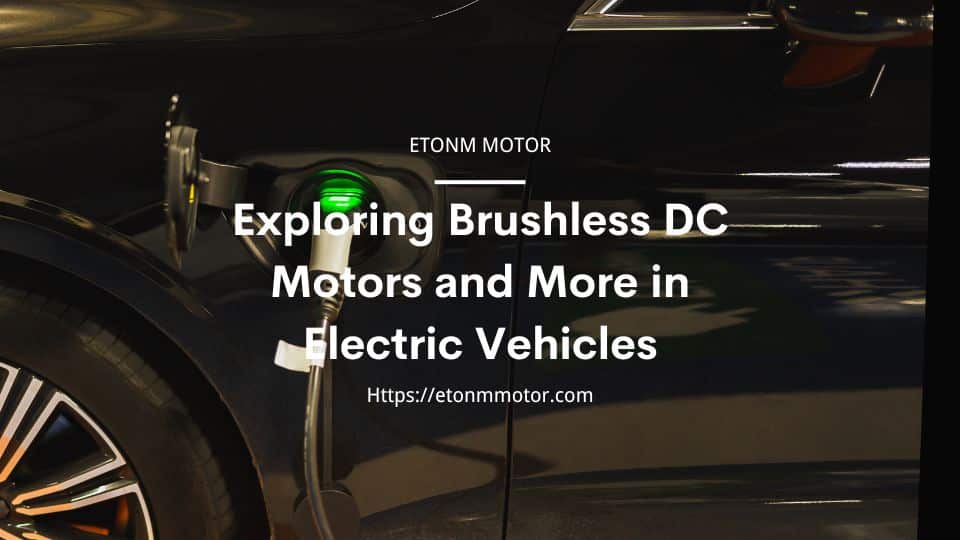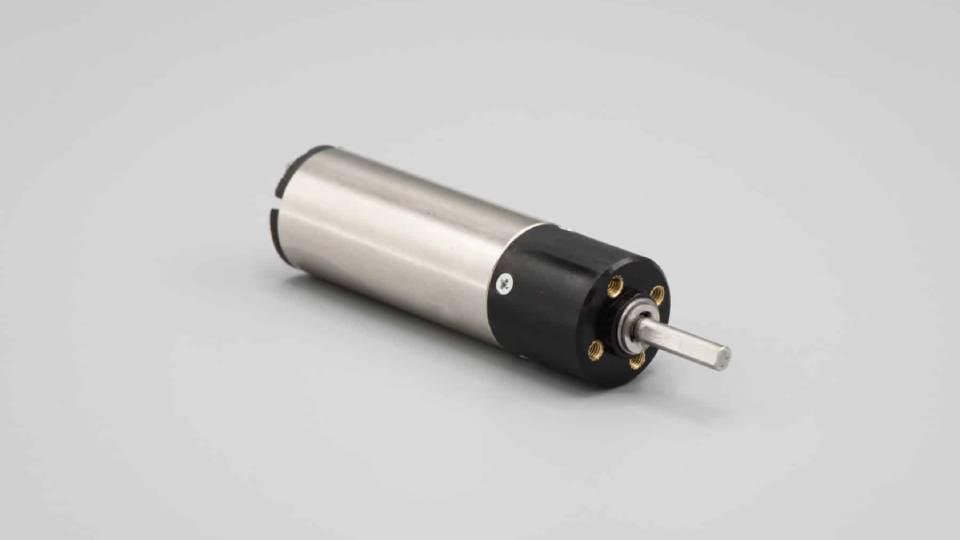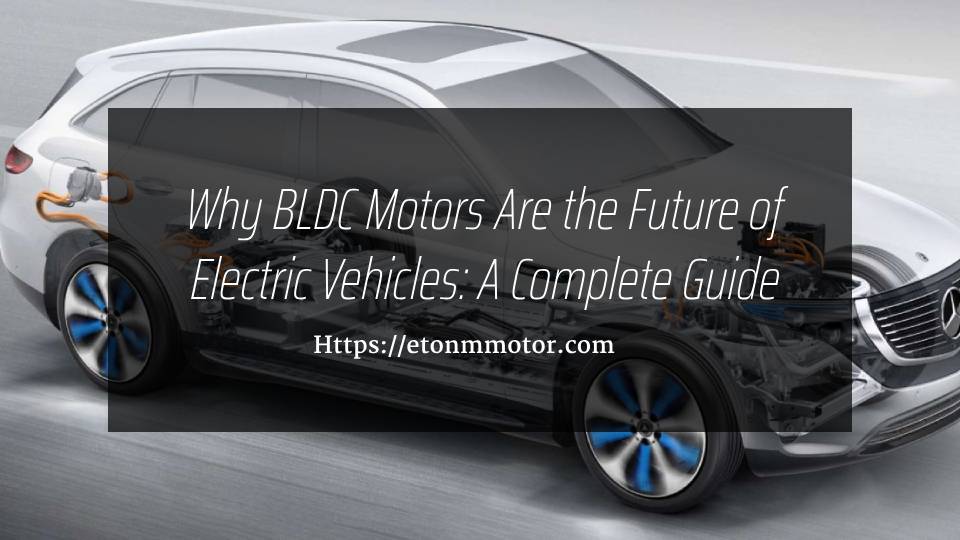Curious about the motors powering electric vehicles? From the efficient Brushless DC Motor to rugged AC induction motors, this guide breaks down the top types, their perks, and why they matter for your EV experience.
Table of Contents
Introduction
Ever wondered what keeps an electric vehicle humming down the road? If you’re picturing a magical box under the hood, you’re not far off—except it’s not magic, it’s a motor. Electric vehicles (EVs) rely on these powerhouses to turn battery juice into smooth, zippy rides. And when it comes to motors, there’s no one-size-fits-all. From the sleek efficiency of a Brushless DC Motor to the rugged charm of an AC induction setup, each type brings something unique to the table.
Choosing the right motor isn’t just tech geek trivia—it’s the difference between a car that sips energy like a pro and one that guzzles it like a gas-guzzler from the ’80s. Whether you’re an EV enthusiast, a DIY builder, or just curious about what’s driving the future, this guide’s got you covered. We’ll break down the big players in EV motors, spotlight why they matter, and help you figure out which one might be the MVP for your needs. Ready to dive in? Let’s roll!
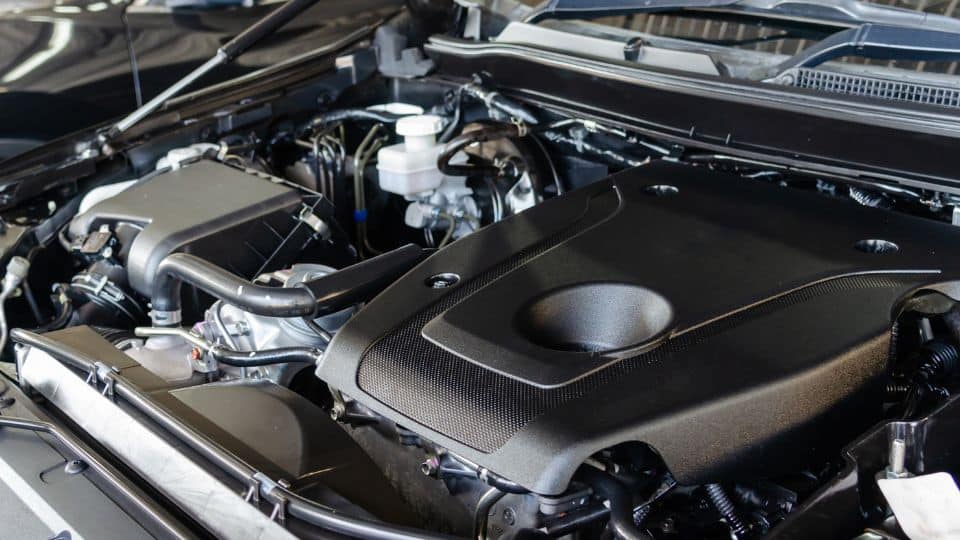
Why Motors Matter in Electric Vehicles
If electric vehicles are the rockstars of the modern road, then motors are the beating heart behind the performance. These little (or not-so-little) champs convert electrical energy from the battery into the mechanical push that gets you from point A to point B. And here’s a fun fact: motors account for up to 90% of an EV’s propulsion energy—pretty wild, right? That’s why picking the right one isn’t just a nerdy detail; it’s make-or-break for efficiency, power, and that grin-on-your-face acceleration.
What makes a motor special isn’t just raw power—it’s how it plays with the rest of the EV’s systems. A good motor can stretch your battery range, handle regenerative braking like a pro, and keep maintenance headaches at bay. Take something like a Brushless Motor, for instance. It’s a fan favorite for a reason: no friction-happy brushes to wear out, just smooth, efficient vibes. But it’s not the only player in town. To really get why motors matter, you’ve got to know the lineup—and trust me, it’s a fascinating crew. Let’s meet them.
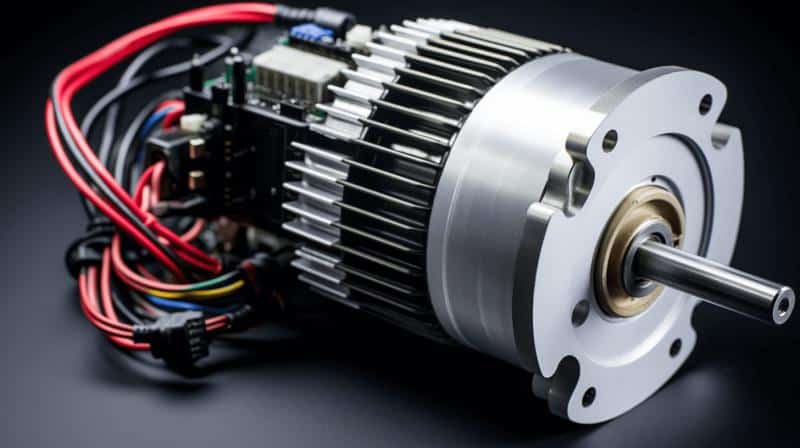
Top Motor Types Powering EVs
So, what’s spinning the wheels of today’s electric vehicles? There’s a handful of motor types that dominate the EV scene, each with its own personality—think of them as the Avengers of the motor world, each bringing a unique superpower. Whether it’s efficiency, durability, or raw power you’re after, there’s a motor for that. Let’s kick things off with one of the heavy hitters that’s stealing the spotlight in modern EVs.
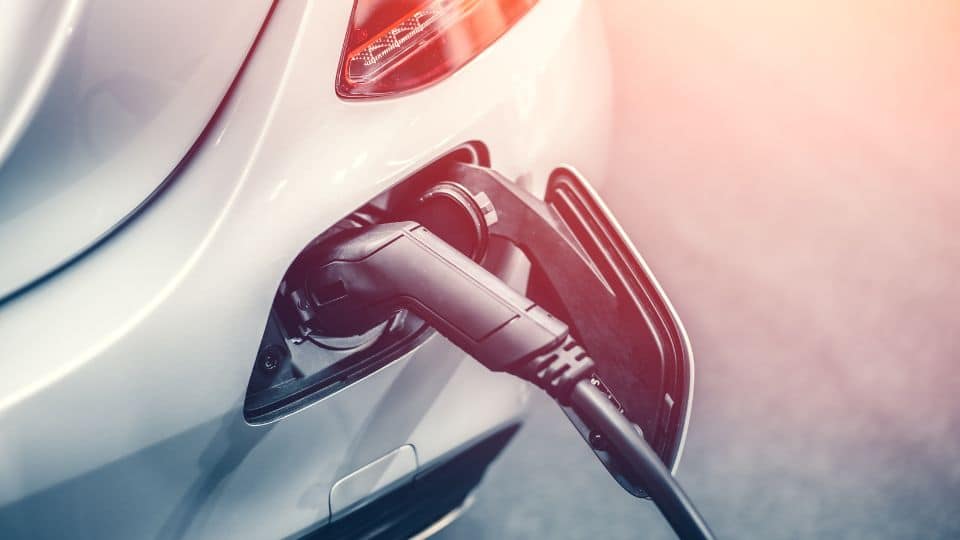
Brushless DC Motor (BLDC) – The Efficiency Champ
If there’s a motor that deserves a gold star in the EV playbook, it’s the Brushless DC Motor—or BLDC for short. Unlike its old-school brushed cousin, this one ditches the carbon brushes and commutator for a slick electronic controller that flips the current like a DJ spinning tracks. The result? A motor that runs smoother, lasts longer, and doesn’t waste energy on friction. That’s why you’ll find BLDC motors in EVs that need high torque and top-notch efficiency—like Tesla’s speed demons or even your buddy’s custom e-bike project.
What makes the Brushless DC Motor such a champ? For starters, it’s got a killer torque density, meaning it packs a punch without bulking up the car. Plus, with no brushes to wear out, you’re looking at less time in the shop and more time on the road. I’ve seen folks rave about how their BLDC-powered rides feel snappy yet sip battery power like it’s a fine wine. The catch? It’s pricier upfront, and the control systems can get a bit brainy to manage. But if you’re chasing that sweet spot of performance and planet-friendly driving, BLDC is tough to beat.
Permanent Magnet Synchronous Motor (PMSM) – Power Meets Precision
Next up in the EV motor lineup is the Permanent Magnet Synchronous Motor, or PMSM for those who like a mouthful of initials. This one’s a bit of a rockstar in modern electric rides, and here’s why: it uses permanent magnets glued right onto the rotor to create a steady magnetic field. That setup syncs up perfectly with the stator’s spinning field, delivering a combo of power and precision that’s hard to top. You’ll spot PMSM in everything from zippy sedans to beefy electric trucks—it’s that versatile.
What’s the big deal with this motor? It’s all about efficiency and punch. With those magnets doing the heavy lifting, you get a high power density—think more oomph in a smaller package. That’s a win for carmakers who want to keep things light without skimping on performance. I’ve heard engineers geek out over how it churns out torque like a champ, especially at higher speeds. The downside? Those fancy magnets—often made with rare-earth stuff—can jack up the price, and the control systems aren’t exactly plug-and-play. Still, if you’re after a motor that balances brute strength with a smooth ride, PMSM is a serious contender.
AC Induction Motor – The Reliable Workhorse
Now, let’s talk about the AC Induction Motor—the unsung hero of the EV world. This one’s been around the block, and it’s got a reputation for getting the job done without much fuss. Here’s how it works: alternating current flows through the stator, whipping up a magnetic field that induces one in the rotor—no magnets needed. The two fields tango, and boom, you’ve got torque. It’s the kind of setup that powered early Tesla Model S vibes, and it’s still a go-to for many EV makers who want reliability on a budget.
Why call it a workhorse? It’s tough as nails and shines in the real world. You can tweak the power supply to crank up energy efficiency or dial in torque for those stop-and-go city hauls—perfect for urban warriors. Plus, with no brushes or fancy magnets to wear out, it’s low-maintenance enough to make your mechanic jealous. The trade-off? It might not hit the same efficiency highs as some newer kids on the block, and it can get a bit bulky. But if you want a motor that just keeps chugging along, this one’s got your back.
Brushed DC Motor – The Old-School Option
Last but not least, meet the Brushed DC Motor—the granddad of the EV motor family. This one’s a throwback, relying on carbon brushes and a commutator to shuttle current to the rotor and make it spin. Sounds simple, and it is—that’s why it used to be a staple back when electric motors were still finding their groove. You might still catch it in small-scale stuff like electric scooters or DIY projects, but in today’s big-league EVs? It’s mostly riding the bench.
What’s the story here? It’s cheap and easy to control, which is great if you’re pinching pennies or tinkering in your garage. But here’s the rub: those brushes rub against the commutator, wearing out faster than a pair of sneakers on a marathon. That friction also saps efficiency, leaving you with less juice for the road. I’d say it’s like driving a vintage car—charming until you’re stuck changing parts every other week. For modern EVs chasing range and reliability, this old-timer just can’t keep up with the pack.
How to Pick the Right Motor for Your EV Needs
So, you’ve met the motor lineup—now what? Picking the right one for your electric vehicle isn’t like choosing toppings at a pizza joint; it’s a big deal that shapes how your ride performs, lasts, and even feels. Whether you’re dreaming up a custom EV in your garage or just curious about what’s under the hood, a few key factors can steer you toward the perfect fit. Let’s break it down without overcomplicating things.
First up, think about efficiency and performance. If you’re cruising steady on highways, a motor that sips energy is your best bud—something that maximizes every watt from the battery. On the flip side, if you’re dodging traffic in the city with constant stops and starts, you’ll want torque that kicks in quick. Cost’s a player too—sure, some options are wallet-friendly upfront, but if they’re always in the shop, that savings vanishes fast. Durability’s another biggie. Nobody wants a motor that’s toast after a couple years, right?
Then there’s the whole integration game. Your motor’s got to vibe with the battery management system and regenerative braking setup—think of it like a band jamming in sync. A mismatch here can tank your range or leave you cursing at a dead battery. At Etonm Motor, we’ve seen this firsthand tweaking solutions for everything from robotics to automotive projects—check out our motor solutions page if you’re into the nitty-gritty. My two cents? If you’re building something custom, weigh what matters most—cost, longevity, or that sweet, sweet performance—and go from there. You’ll nail it.
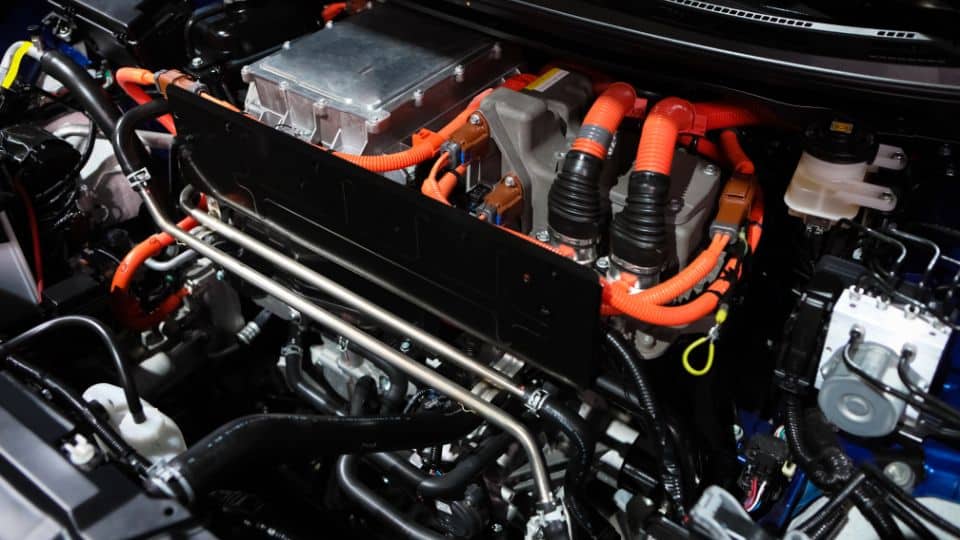
The Future of EV Motors – Where Are We Headed?
Okay, we’ve covered what’s powering EVs today, but what’s next? The motor game’s not standing still—think of it like a tech race where everyone’s chasing lighter, smarter, and greener. As electric vehicles keep stealing the spotlight, the motors inside them are getting a serious glow-up. From city commuters to heavy-duty haulers, the push is on for designs that squeeze more range out of every charge and shrug off whatever the road throws at them.
One big trend is shaving weight and boosting brains. Engineers are tinkering with lighter materials—think high-tech alloys or even carbon composites—to cut bulk without losing muscle. Smarter controllers are popping up too, fine-tuning power delivery so you’re not bleeding battery on a steep hill. And sustainability’s creeping in—some folks are even eyeing magnet-free options to ditch rare-earth hassles. Want a peek at the cutting edge? Check out IEEE Spectrum’s take on EV tech trends—they’re all over this stuff. Me, I’m betting we’ll see motors that feel less like hardware and more like a slick, silent partner in your drive. Buckle up—it’s gonna be a wild ride!
Conclusion
And there you have it—the rundown on what’s spinning the wheels of electric vehicles. From the rugged reliability of AC induction motors to the precision punch of PMSM, and even the old-school charm of brushed designs, each type brings its own flavor to the EV party. It’s wild to think how much these motors shape the way we drive—whether it’s stretching battery range or just making the ride feel effortless. No single winner here; it’s all about what fits your vibe, budget, and road ahead.
So, what’s your take? Got a burning EV question or a dream build in mind? Hit us up at Etonm Motor—we’d love to geek out with you. Or if you’re hungry for more motor talk, swing by our solutions page for a deeper dive. Share this with your gearhead crew, too—let’s keep the conversation rolling. Here’s to driving the future, one motor at a time!
Related Reading
- Power Up Precision: High-Speed Brushless DC Motors for Screwdrivers
- Why Brushless DC Motors Are a Game-Changer for Hair Dryers
- Brushless DC Motors: Key Uses in Smart Home, Medical & Robotics
- How to Choose the Right Brushless Gear Motor for Your Application
- How to Choose the Right Brushless Motor for Your Drone: A Complete Guide
- Brushless DC Motors in Medical Devices: The Ultimate Guide to BLDC Motor Applications
- Top 5 Applications of Brushless DC Motors in Industrial Automation
- How to Choose the Right BLDC Motor for Robotics Applications
- What is a brushless DC motor?
- What is a Planetary Gear Motor?
- What is a Worm Gear Motor? The Ultimate Guide to Its Applications and Benefits
- BLDC Motor vs Brushed Motor: Which is Better for Your Needs?
- How to Choose the Right Curtain Motor: Key Factors and Expert Tips
- Smart Lock Motor Solutions for Modern Security

